-
Notifications
You must be signed in to change notification settings - Fork 2.7k
Outpainting implementation #1251
New issue
Have a question about this project? Sign up for a free GitHub account to open an issue and contact its maintainers and the community.
By clicking “Sign up for GitHub”, you agree to our terms of service and privacy statement. We’ll occasionally send you account related emails.
Already on GitHub? Sign in to your account
Conversation
|
I'm testing this now. Do the black areas need to have a transparent mask over them? |
 lstein
left a comment
lstein
left a comment
There was a problem hiding this comment.
Choose a reason for hiding this comment
The reason will be displayed to describe this comment to others. Learn more.
I've done the work of adding the CLI arguments, but need some documentation as to what the various options do and how they effect the outpainted image (i.e. --seam_strength). Could you add them to the appropriate place in CLI.md?
Here are the args:
Outpainting and outcropping:
--seam_size SEAM_SIZE
When outpainting, size of the mask around the seam between original and outpainted image
--seam_blur SEAM_BLUR
When outpainting, the amount to blur the seam inwards
--seam_strength SEAM_STRENGTH
When outpainting, the img2img strength to use when filling the seam. Values around 0.7 work well
--seam_steps SEAM_STEPS
When outpainting, the number of steps to use to fill the seam. Low values (~10) work well
--tile_size TILE_SIZE
When outpainting, the tile size to use for filling outpaint areas
--force_outpaint Force outpainting if you have no inpainting mask to pass
|
Almost good to go. I'd just like to get some documentation of the multiple options. You can put them into |
|
Does the seed being |
|
I ended up getting this: Here's how I tested (my prompt isn't probably the best for this): input_image = Image.open('.scratch/test_full_outpaint.png')
result = generate.prompt2image(
prompt = "a woman with red hair in a forest in the snow",
steps = 50,
seed = 1234,
init_img = input_image,
init_mask = None,
strength = 0.9,
width = input_image.width,
height = input_image.height,
cfg_scale = 7.5,
sampler_name = 'k_lms',
seamless = False,
inpaint_replace = 0.0,
seam_size = 32,
seam_blur = 8,
seam_strength = 0.7,
seam_steps = 20,
tile_size = 32,
force_outpaint = True
)
result = result[0][0]
result.show()I haven't tested with the inpainting-trained model. If that improves the quality, that's awesome. The other repos I was looking at did outpainting one direction at a time (I think mostly because outpainting can get pretty expensive with the full image). I get really poor results outpainting one direction at a time (up/down/left/right/corners), but I suspect that's because I'm not modifying the prompt at all: For UI usage, I'd expect the process being more like this: https://openai.com/blog/dall-e-introducing-outpainting/. You select an area to outpaint, modify your prompt a bit to say what you'd like there, then hit generate to outpaint (and retry until you're satisfied). This could be automated to an extent, but getting a "good" result would likely need prompt modification as you outpaint. I had some ideas to use the txt2mask code to calculate the portions of a prompt that are in the cropped area to include in the outpainting prompt (or at least how to weight them), but I don't know how many people would use that above just outpainting interactively with the UI. |
|
I agree. Asking the outpainting to do all borders at once is too much.
Maybe it didn't come across that way, but I am very impressed with what
your outpainting code did with that image. My "outcropping" code, when
asked to fill in all four sides simultaneously (using the standard model),
fails spectacularly.
Lincoln
|
Oh nevermind, I didn't realize that |
|
I noticed this in the docs:
It's possible for my code to fill those areas as well (it actually will by default if the mask isn't specified separately, since it will think you intend to outpaint). We might want to add an option in the future to tile-fill the inpaint mask as well. |
 lstein
left a comment
lstein
left a comment
There was a problem hiding this comment.
Choose a reason for hiding this comment
The reason will be displayed to describe this comment to others. Learn more.
Excellent work.
|
... and it is done. |
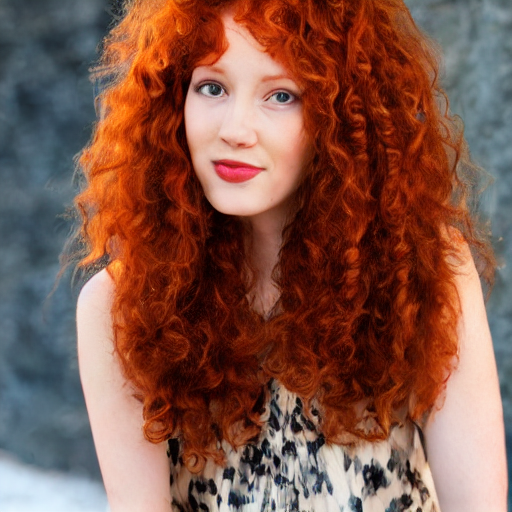


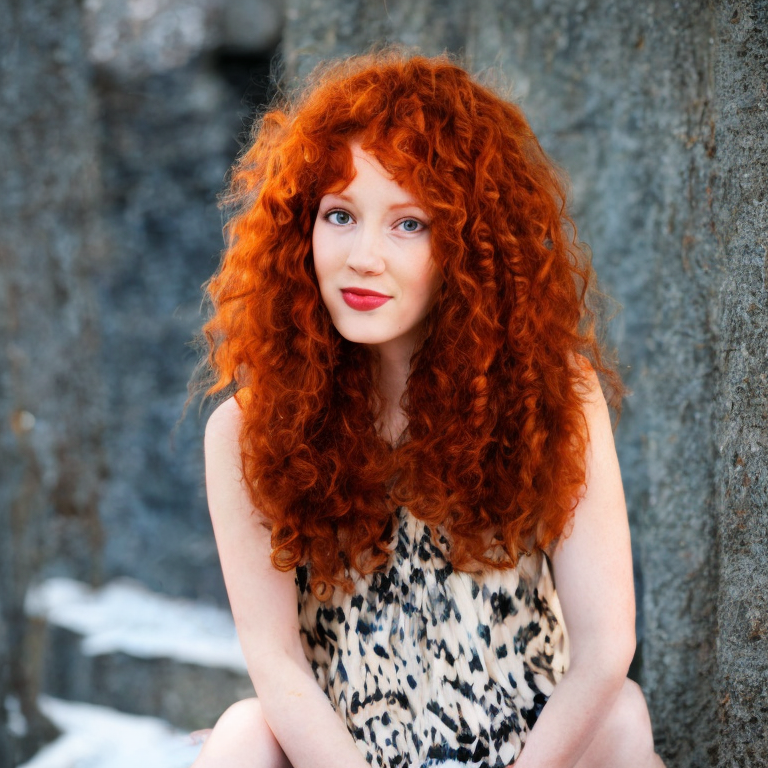
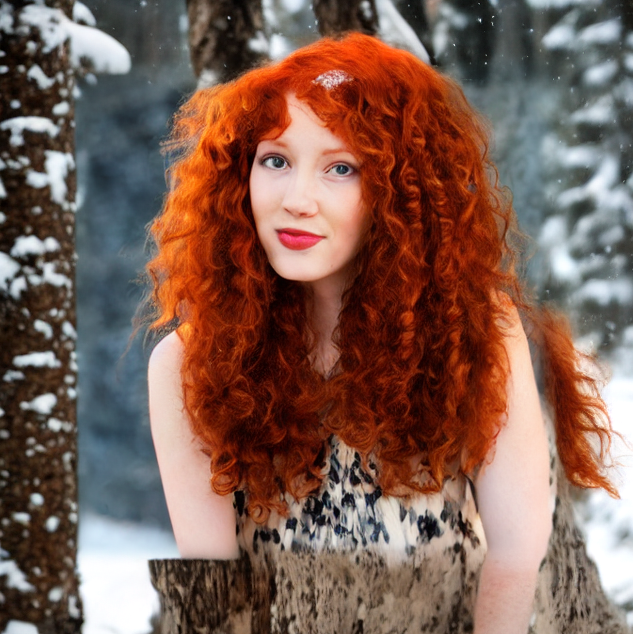

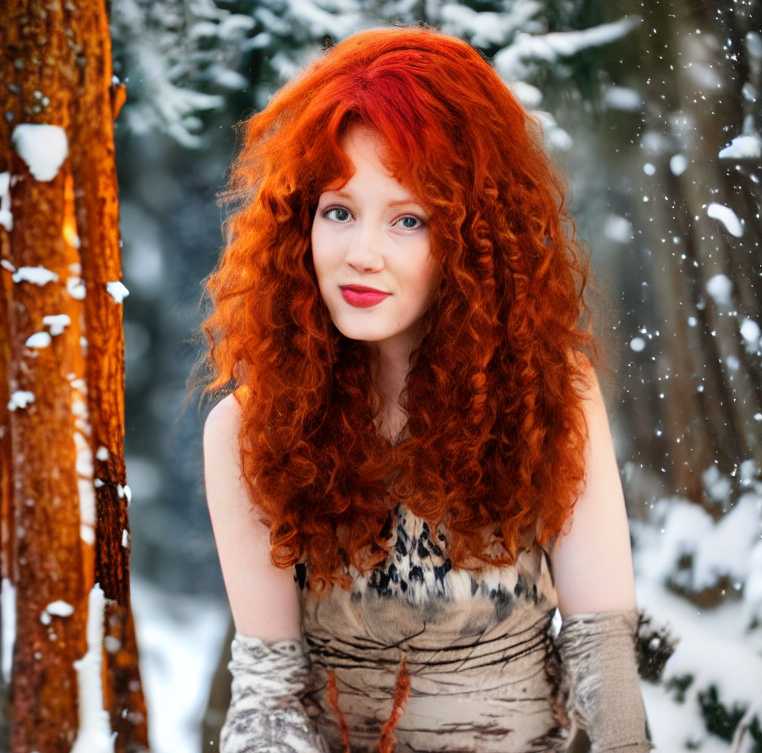
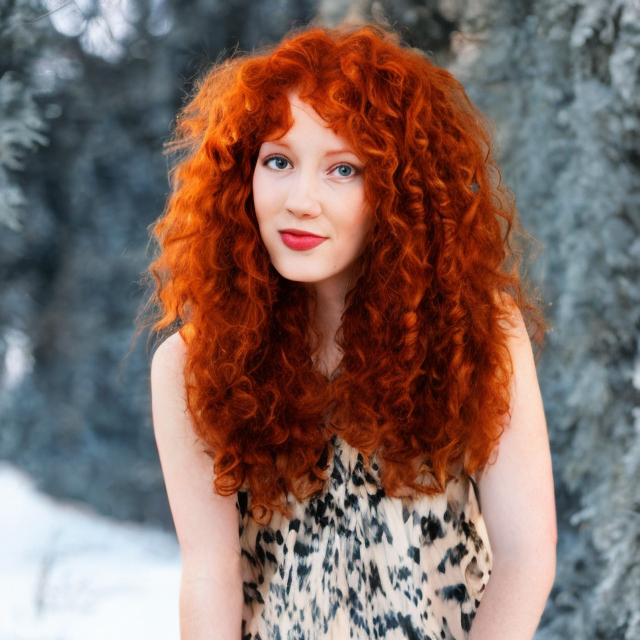
This adds outpainting capabilities. Note that this PR also contains the color correction from #1246.
Usage
Call prompt2image with the below parameters. Your init_image should be in RGBA format, with all outpainting areas full black (
0) and all original image areas any alpha value above 0. You can also pass a separate mask if you'd like to inpaint at the same time.Notable changes:
New
prompt2imageparameters:Changes to behavior:
init_img will not be converted to
RGBif it is currentlyRGBA. The outpainting requires the alpha channel.